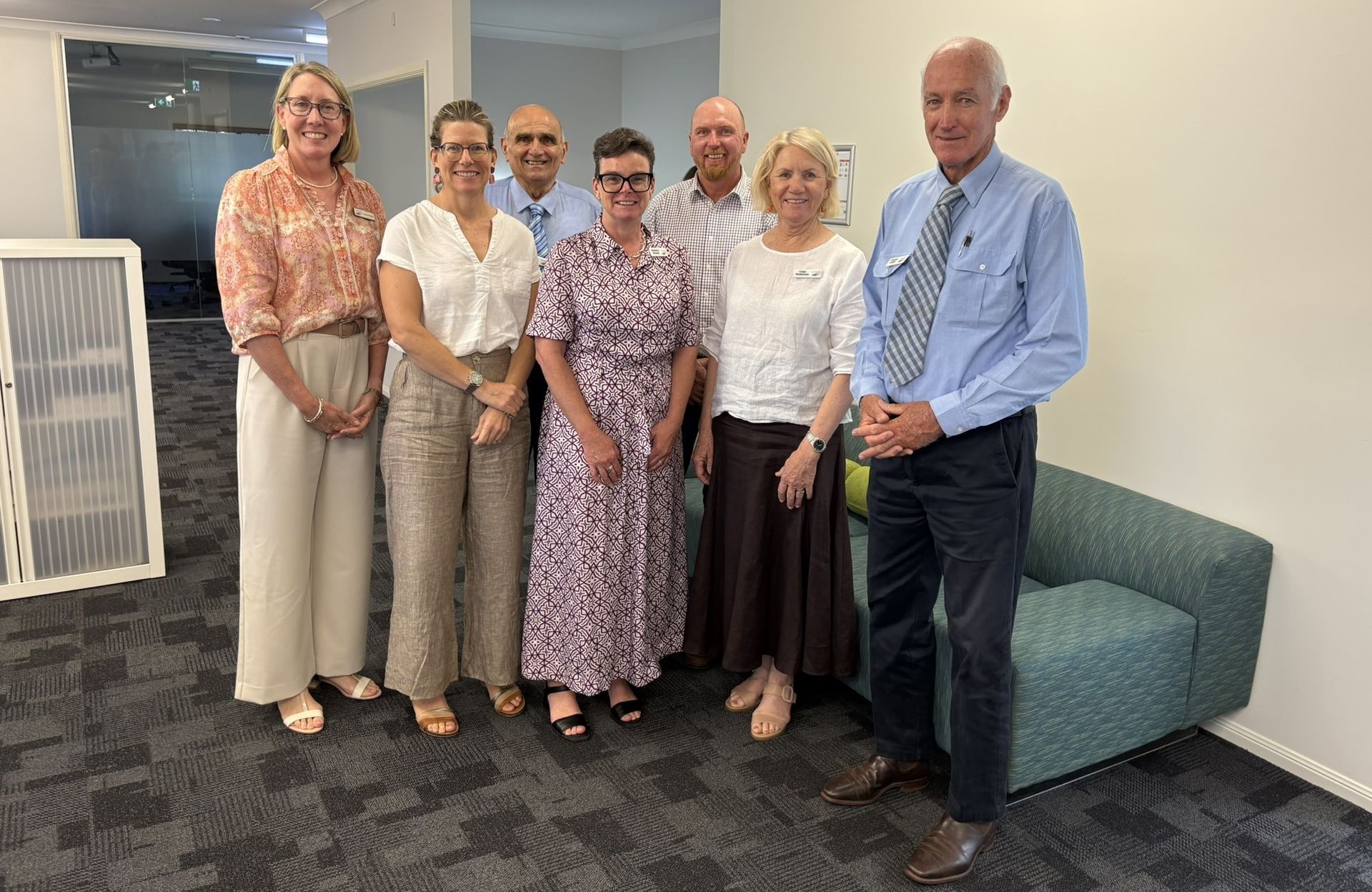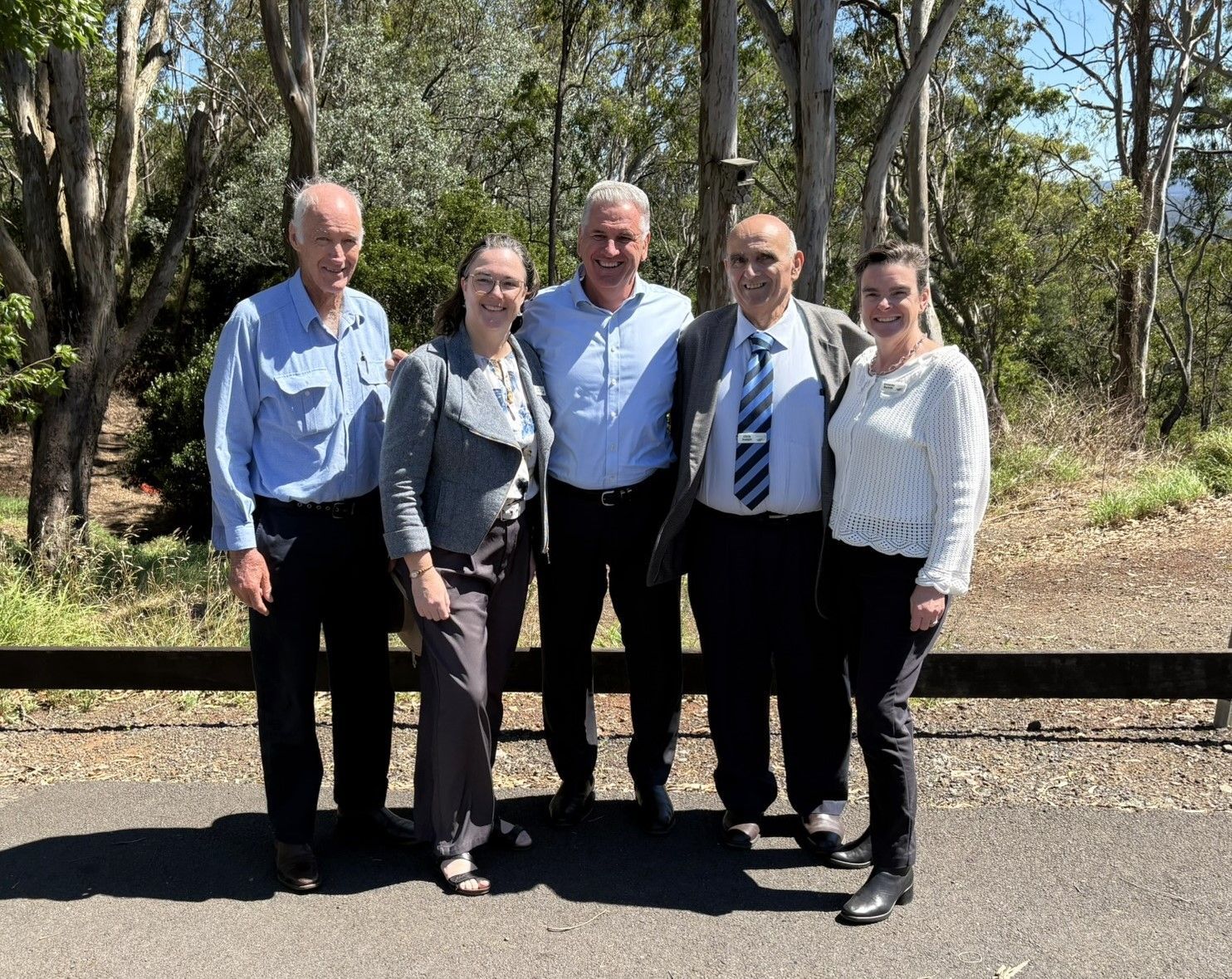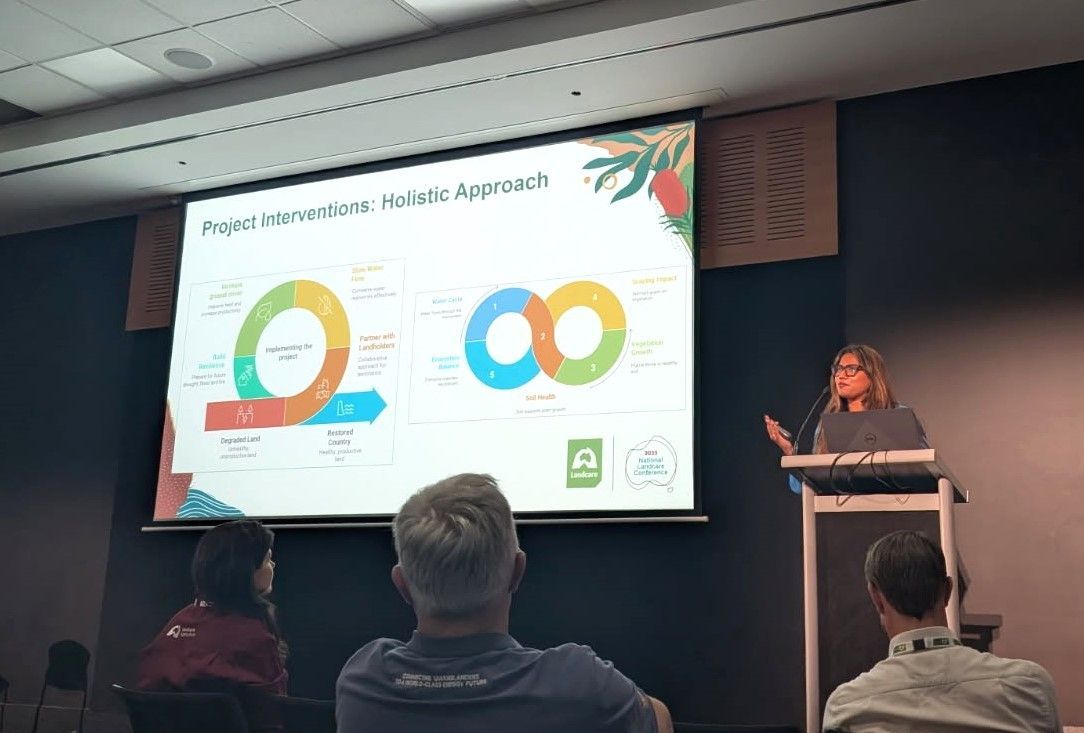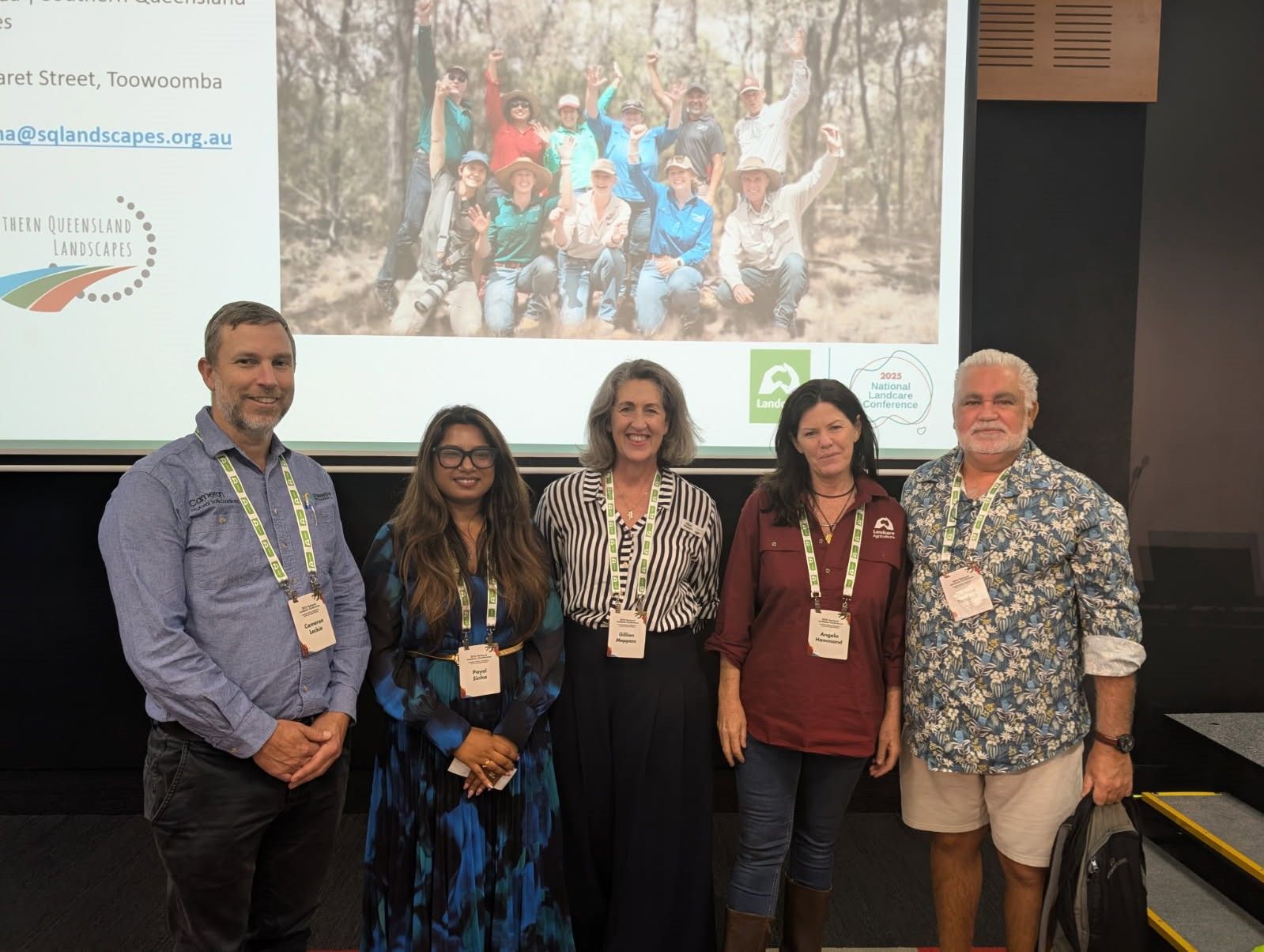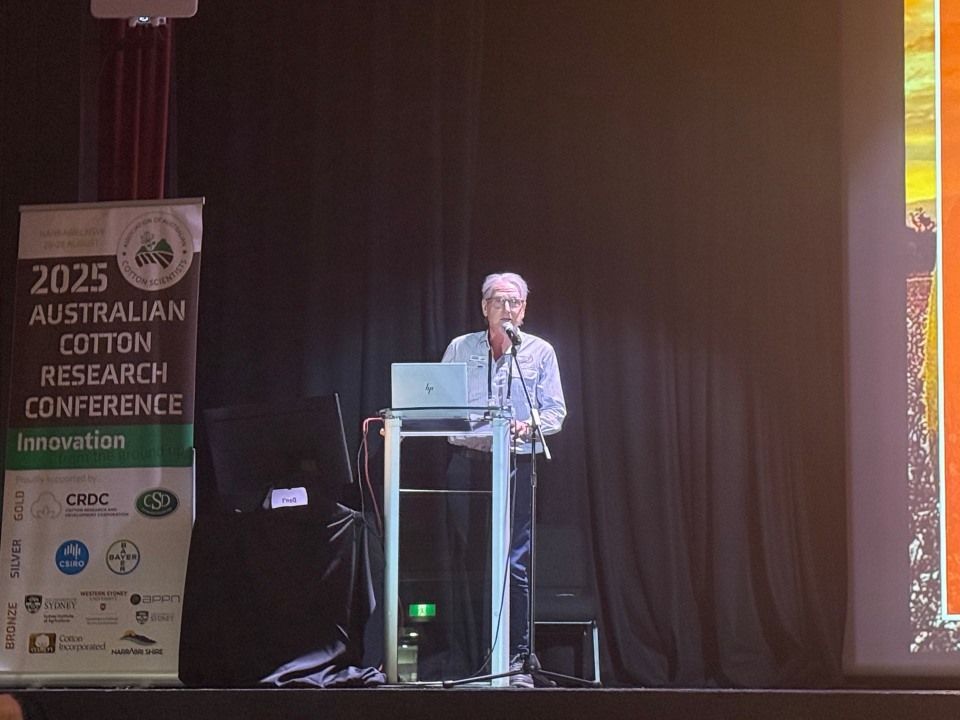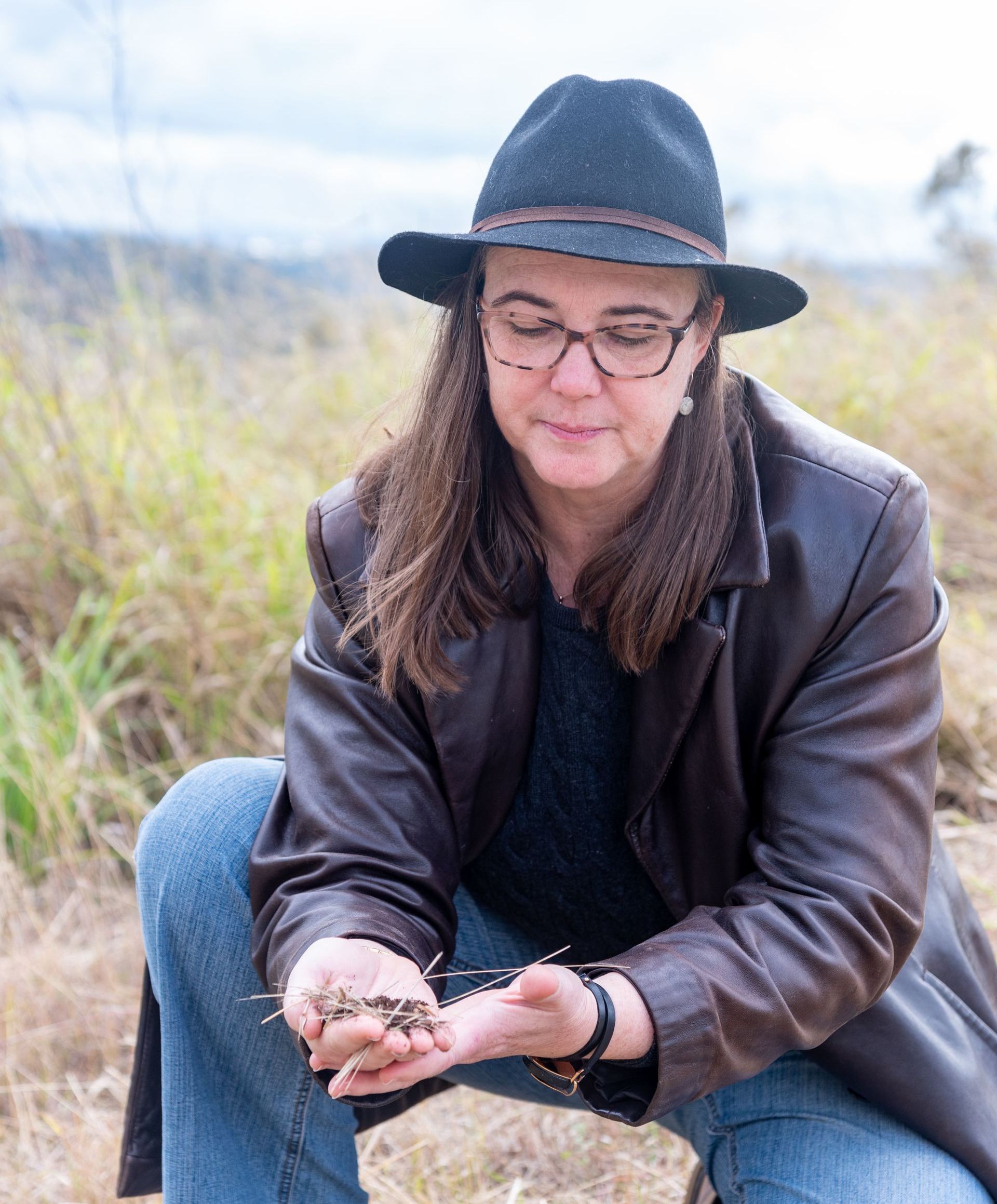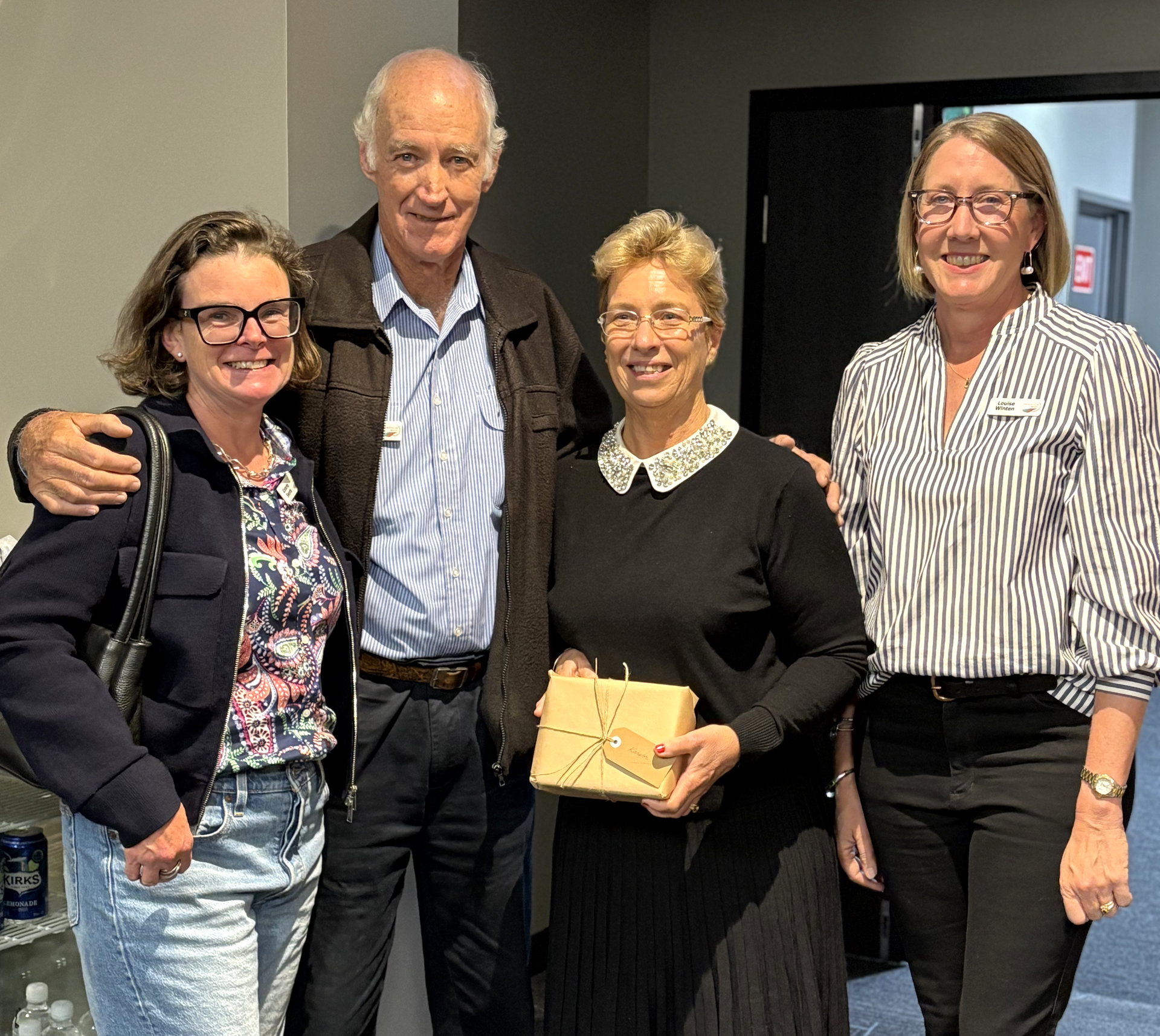2 December 2021
Minister for Resources and Water, the Hon Keith Pitt MP
Minister for Agriculture and Northern Australia and Member for Maranoa, the Hon David Littleproud MP
Queensland Minister for Water, the Hon Glenn Butcher
The Fencing Northern Basin Riverbanks program is on track for delivery in Queensland Murray–Darling communities, including in Maranoa, by mid-2023.
The Australian Government is providing a $917,000 initial instalment to Queensland for delivering more than 40 km of fencing contracts between landholders and South Queensland Landscapes, according to Minister for Water Keith Pitt.
“When completed, the program will have supported landholders to deliver more than 510 km of riverbank fencing in the Queensland areas of the Murray Darling Basin,” Minister Pitt said today.
“I am pleased to provide funding that benefits Queensland communities by providing job opportunities and improving environmental outcomes along the river.
“The $15 million Fencing Northern Basin Riverbanks Program will fund just over 1000 km of riverbank fencing in Queensland and New South Wales.
“The aim is to improve water quality, keep farm animals safe and sustain native fish populations by building appropriate fences along riverbanks.”
Queensland Minister for Water Glenn Butcher said fencing delivery partner Southern Queensland Landscapes (SQL) was due to have 30 kilometres of contracts in place with landholders by the end of August. However, that figure had increased to more than 160 kilometres by the beginning of November.
“SQL has demonstrated an unwavering commitment to achieving the program’s outcomes, as shown by their work with landholders to deliver fences,” Minister Butcher said.
“SQL has released substantial updates to its website to highlight the fencing program, including a new convenient online registration process.
“The company has also launched a social media campaign to attract further interest in participation by landholders.”
Minister for Agriculture and Northern Australia and Member for Maranoa David Littleproud said he encourages Queensland Murray–Darling communities to get behind the Fencing Northern Basin Riverbanks Program.
“This is a common sense program that will strengthen river health in the Northern Basin by partnering directly with landholders and the community, including in the Maranoa,” Minister Littleproud said.
“Better fences help control livestock access to environmentally sensitive waterways.
“Landholders benefit because their animals are safer, and the environment benefits too because appropriate fencing protects valuable riverbanks, ecological and cultural sites and improves native fish habitat.”
“This is exactly the sort of joined up approach that we should continue to take to look after our communities and rivers going forward.”
Applications for creek and river fencing are available now on the Southern Queensland Landscapes website.
